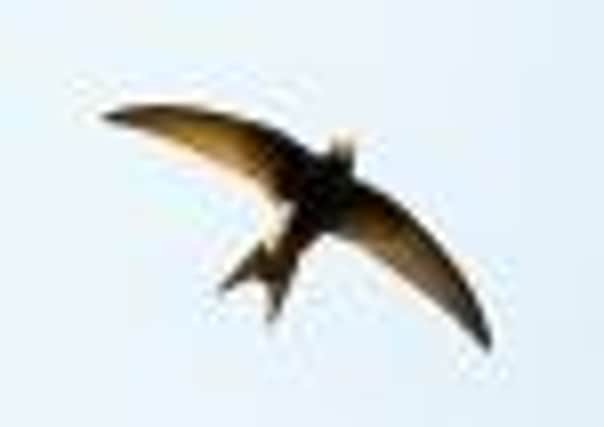‘Keep an eye out for swifts’ call to West Sussex residents


RSPB South East’s annual swift search kicks off again this month, to help build a better picture of where the birds are still seen so that nest sites can be protected.
Swifts have declined by a third in recent years and they have been placed on the amber list, meaning they are of serious conservation concern.
Advertisement
Hide AdAdvertisement
Hide AdThe loss of nest sites due to building improvement or demolition is a major problem.
Swifts nest on buildings, especially old structures with lots of gaps and nooks. But these cavities are increasingly being blocked up in old buildings, while new buildings often lack them altogether.
Christina MacFarquhar of the RSPB South East said: “Many people celebrate the arrival of swifts as a sign that summer is here.
“We also marvel at their ability to travel long distances very quickly during their long migration to and from Africa.
Advertisement
Hide AdAdvertisement
Hide Ad“But their journey often ends with a thud if their old nest site has been blocked up.
“Swifts nest almost exclusively in cavities in our buildings, and use the same sites year after year, so we can have a serious impact on them when we carry out repairs and renovations, or demolish old houses.
“But we can all help by keeping any existing nest sites intact, and providing new nest sites in modern buildings.
“It also helps to carry out any repair work or maintenance before the swifts arrive in mid-May, or after they leave in mid-August. That means their nest sites are ready and undisturbed when they need them.”
Advertisement
Hide AdAdvertisement
Hide AdThe RSPB is appealing to us all to look out for groups of screaming swifts at roof level, a good sign they are breeding nearby, or where they have seen swifts nesting – perhaps entering a hole in the building or under a roof. They would like any sightings reported to them via their website at www.rspb.org.uk/helpswifts.
Miss MacFarquhar added, “The public response to the call for records has been overwhelming, and the information is being used to encourage developers, local councils and building companies to retain or create nest sites.
“Now we need to keep the information up to date in order to see whether birds are returning, and whether the colony is stable. So if you did the survey last year, please help by taking part again this year.”
The RSPB has now made almost 25,000 records of swifts around the UK available on the internet, via the National Biodiversity Network.
Advertisement
Hide Ad